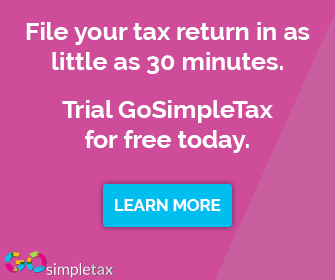Tax Calculator for the Employed and Self Employed
Employed and Self Employed uses tax information from the tax year 2024 / 2025 to show you take-home pay. See what happens when you are both employed and self employed at the same time - with UK income tax, National Insurance, student loan and pension deductions. More information about the calculations performed is available on the details page.
How does this work?
The calculator needs some information from you before working out your tax and National Insurance. Firstly, you need to enter the annual salary that you receive from your employment, and (if applicable) any overtime or pension details. Then enter your annual income and outgoings from self-employment. Your tax code, age, and other options might also affect your calculations.
If you are employed and self employed at the same time, you will find that your employer will deduct from your pay the tax, National Insurance and student loan deductions that you owe on your employment income. However, you will also have to tell HMRC about your self-employment income, so that your other deductions can be calculated. Using the details provided above, the calculator will try to work out the additional amount that HMRC will ask you to pay.
If your self-employment income is below the small earnings limit (£6,725 for 2024 / 25) you can apply to HMRC to defer your Class 2 National Insurance contributions - tick this option if this applies to you. You might choose to pay these contributions anyway, to make sure that you are entitled to the benefits of National Insurance, such as the State Pension. More information available from HMRC - Class 2 National Insurance exceptions.
If you make a loss on your self employment, you may be able to get a refund of the income tax you paid through your employment (PAYE). This is only valid for self-employment which is done for a profit and would not apply to self-employment which is run as a hobby (for example). You may be issued with a refund, or have the loss applied to your profits from another tax year, or have your tax code adjusted so your PAYE tax deductions are lower. More information is available from HMRC (PDF) or a tax advisor.
Class 4 National Insurance Deferment - Prior to 2015/16, if you were both employed and self-employed, you could apply to HMRC for your Class 4 National Insurance contributions to be deferred. This made sure you didn't over-pay National Insurance - but since 2015/16 it is not necessary to apply for deferment, HMRC will calculate your Class 4 NICs automatically on your Self Assessment return. If you have paid more than you needed to, you can apply for a refund - see this information from HMRC about National Insurance refunds.


